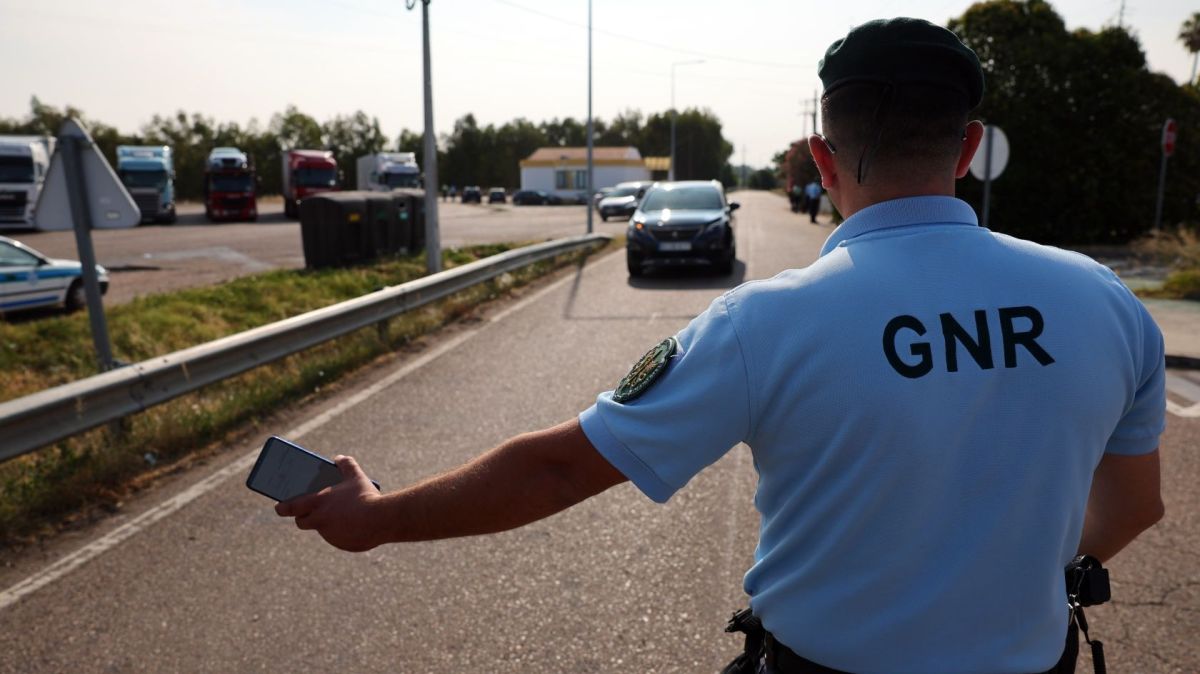The 12 average speed radars will keep check on the A1 (Santarém and Mealhada), A3 (Braga and Trofa), A25 (Águeda), and the A42 (Paços de Ferreira) motorways, on the complementary roads IC2 (Loures and Rio Maior, the latter’s deadline to be defined), and IC19 (Sintra), and on the national roads EN10 (Montijo and Vila Franca de Xira), EN109 (Figueira da Foz) and EN211 (Marco de Canaveses).
Algarve locations haven’t been installed yet, although a camera on the EN398 was suggested.
The remaining 25 radars are designed to measure instantaneous velocity and their activity will be centralised around national road control.
Among the locations watched from September 1 are the A1 (two in Vila Nova de Gaia), A2 (Albufeira), A44 (Vila Nova de Gaia), A7 (Guimarães), EN101 (Guimarães), EN103 (Barcelos), EN105 (Santo Tirso), EN109 (Figueira da Foz), EN119 (Benavente), EN125 (Faro), EN14 (Maia), EN18 (Belmonte), EN206 (Fafe), EN234 (Nelas), EN251 (Coruche), EN252 (two in Palmela), EN260 (Beja), EN5 (Montijo), IC17 (Loures), IC2 (Águeda) and IP7 (Lisbon).
Beyond these, there are another 25 radars that will be activated on “a date to be announced,” according to a statement put forward by the National Road Safety Authority (ANSR) to Jornal de Notícias, which makes a total of 62 new traffic control mechanisms that are joining the 61 already existing radars, bringing the complete number up to 123-speed cameras.
The reinforcement of the National Speed Control System (SINCRO), under the management of the ANSR, was presented this Wednesday through the campaign “Radars save lives” in Montijo and saw the presence of the Secretary of State for Civil Protection, Patrícia Gaspar.














